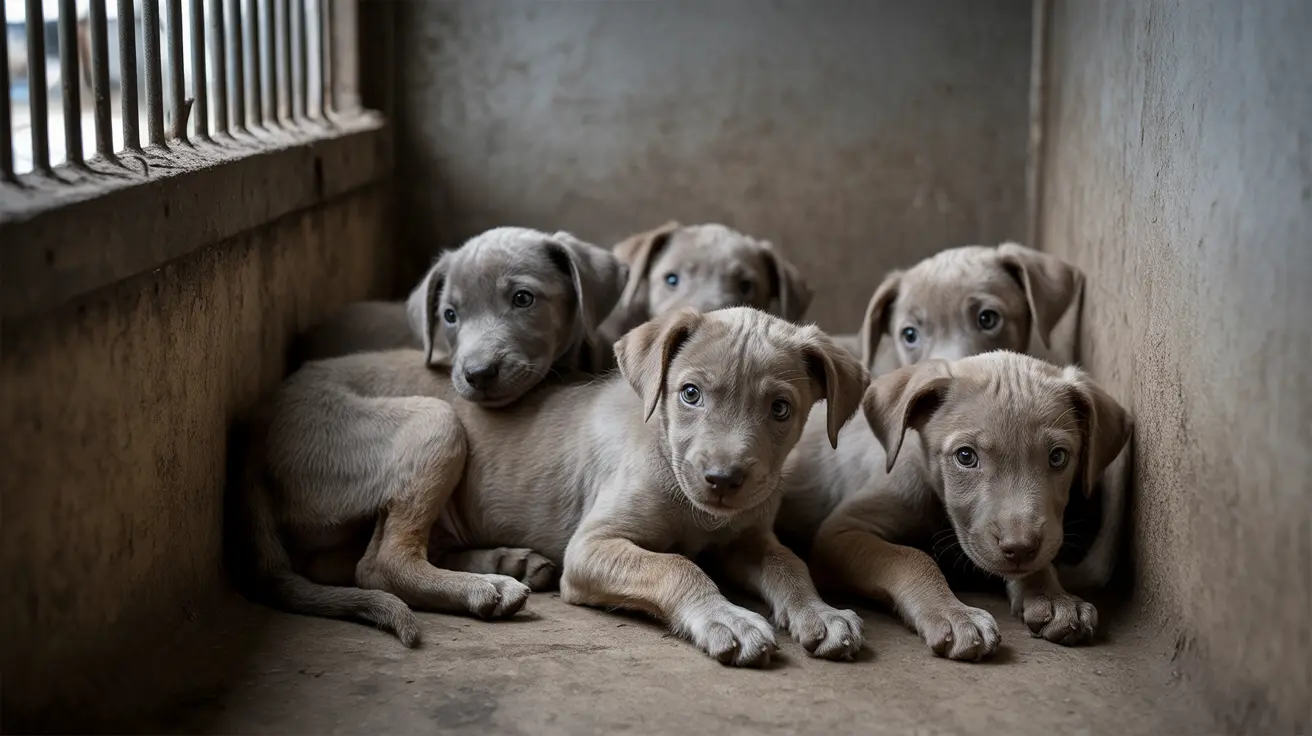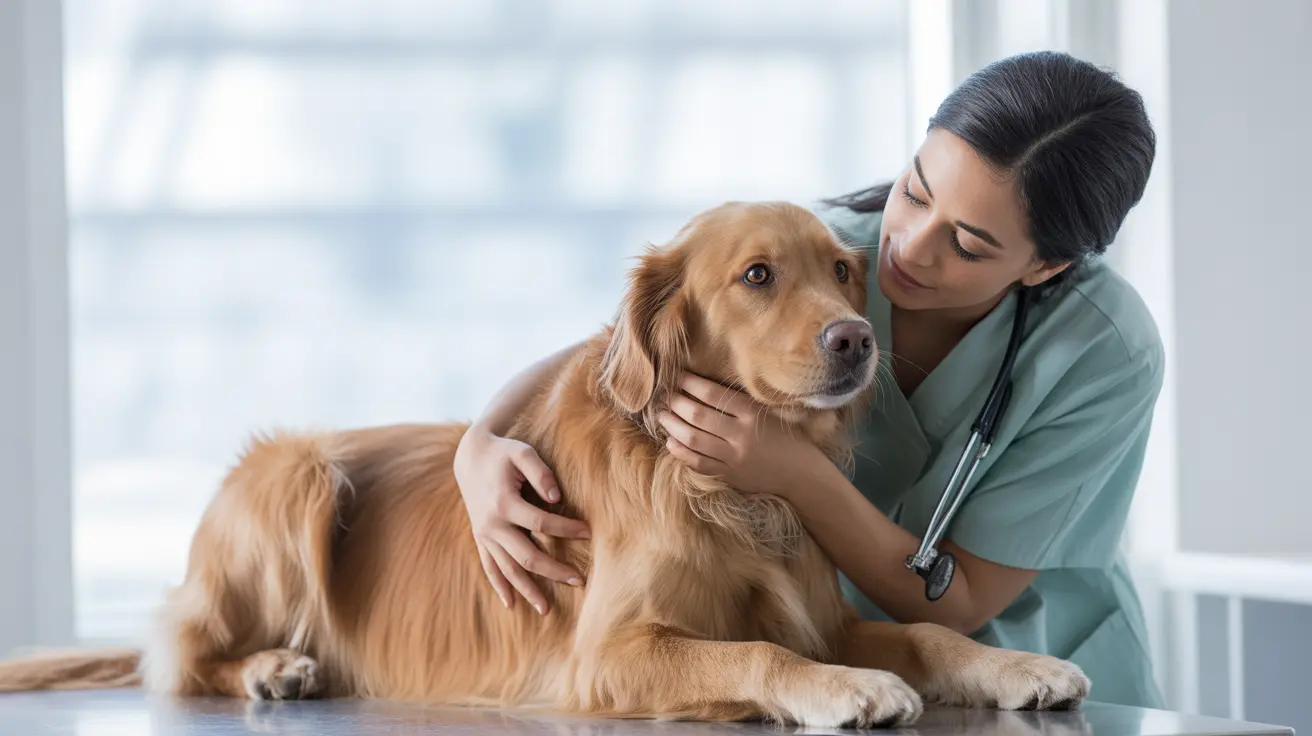Dog Breeds Prone to Dandruff: What Every Pet Owner Should Know
Dandruff in dogs is a common skin condition caused by the shedding of dead skin cells, often resulting in a visible flaking on the fur—most noticeable on the back near the tail. While occasional dandruff might not be of concern, persistent flaky skin could be a sign of underlying issues requiring veterinary attention. Certain dog breeds are more susceptible to dandruff due to genetic traits, coat length, and glandular imbalances.
Understanding Canine Dandruff
Like humans, dogs have oil-producing glands in their skin that create sebum—a substance that helps maintain skin hydration. When the sebum production becomes unbalanced, either too much or too little, it can result in seborrhea sicca (dry dandruff) or seborrhea oleosa (oily dandruff). In both forms, flaky skin appears and may be accompanied by additional symptoms like itchiness or skin irritation.
Causes of Dandruff in Dogs
- Dry air: Common in winter or homes with central heating.
- Poor nutrition: Diets lacking essential fatty acids, vitamins, or minerals.
- Parasites: Infestations by mites like Cheyletiella, known as 'walking dandruff.'
- Bacterial or fungal infections: Often require medicated intervention.
- Allergies: From food or environment, leading to itching and flakiness.
- Hormonal imbalances: Conditions like hypothyroidism or Cushing's disease.
- Genetic predispositions: Some breeds are naturally more prone.
Common Dog Breeds Prone to Dandruff
While any dog can develop dandruff, some breeds are predisposed due to their coat type, skin oil production, or hereditary skin conditions. These include:
- Golden Retrievers: Medium-to-long coat with higher oil secretion.
- Cocker Spaniels: Known for chronic skin issues and seborrhea.
- Yorkshire Terriers: Their fine, human-like hair can retain skin oils and flakes.
- Labrador Retrievers: Thick double coat may hide early dandruff symptoms.
- Jack Russell Terriers: Can suffer from dry or flaky skin, particularly in winter.
- Basset Hounds: Prone to idiopathic seborrhea due to glandular issues.
Signs of Dandruff in Dogs
Indicators your pet may be suffering from dandruff include:
- Visible white flakes in fur
- Excessive scratching or licking
- Red, inflamed skin
- Foul skin odor
- Patchy hair loss
- Lethargy or signs of discomfort
When to See a Veterinarian
Persistent dandruff, combined with symptoms like severe itchiness, sores, lethargy, or hair loss, should prompt a visit to your veterinarian. Potential veterinary evaluations may include:
- Skin scrapes to identify parasites
- Dermatological exams
- Allergy testing
- Blood work to detect underlying conditions
- Dietary analysis
Treating and Preventing Dog Dandruff
Managing dandruff often involves a combination of home care and veterinary treatment. Strategies include:
- Grooming: Daily brushing promotes skin health by removing flakes and redistributing oils.
- Bathing with the right shampoo: Use moisturizing shampoos formulated for dogs, such as those with oatmeal or aloe. Avoid human shampoos.
- Diet improvement: Feed high-quality food rich in omega-3 and omega-6 fatty acids. Supplements like fish oil may help.
- Use a humidifier: Especially beneficial in dry months to combat low indoor humidity.
- Parasite control: Treat and prevent infestations using veterinarian-approved medications.
- Allergy management: Identify and eliminate allergens; consider prescription diets or medications if recommended.
- Treat infections: Bacterial and fungal infections require professional medical treatment with antiseptic or antifungal shampoos.
Final Thoughts
Though frequently benign, dandruff in dogs can signal a bigger problem. Proactive care—focusing on grooming, diet, and environment—can significantly reduce occurrence. Recognizing the breeds more likely to be affected helps owners stay vigilant. Always consult your veterinarian if you suspect your pet’s dandruff is persistent or linked to other health concerns.





